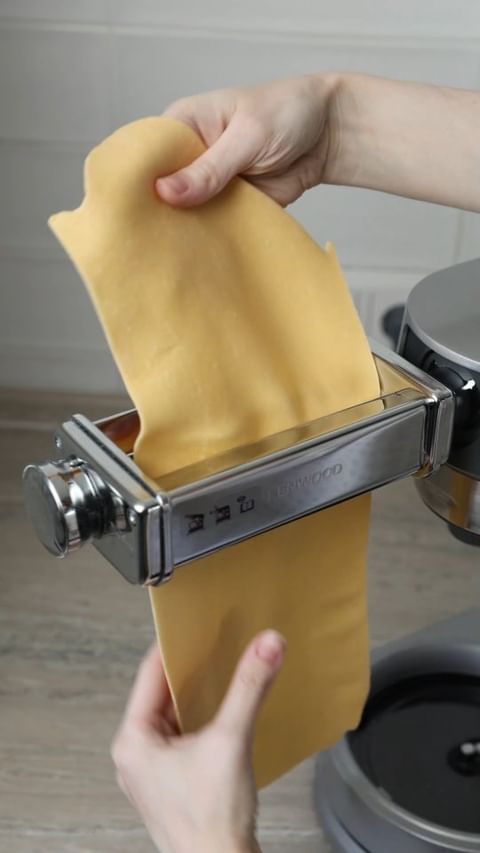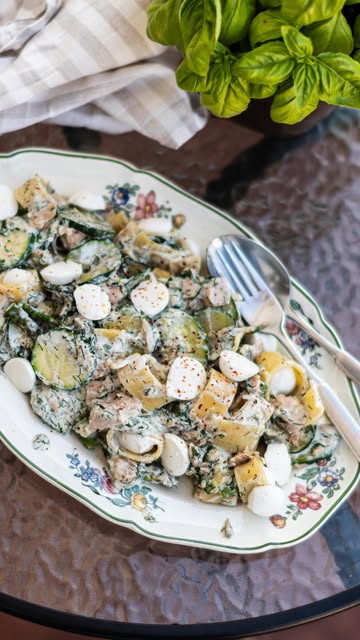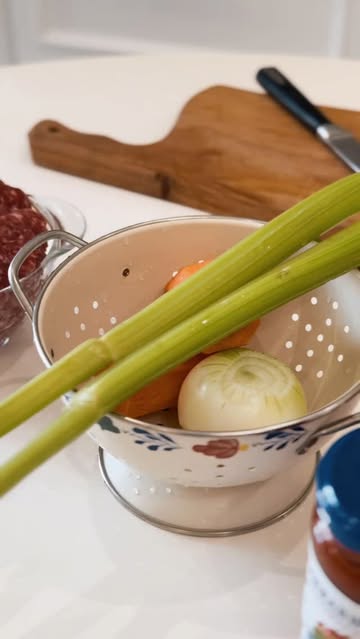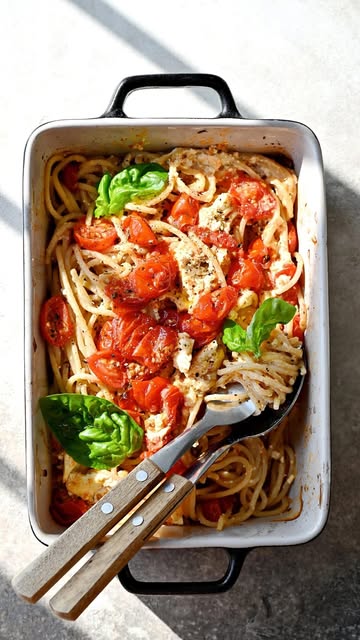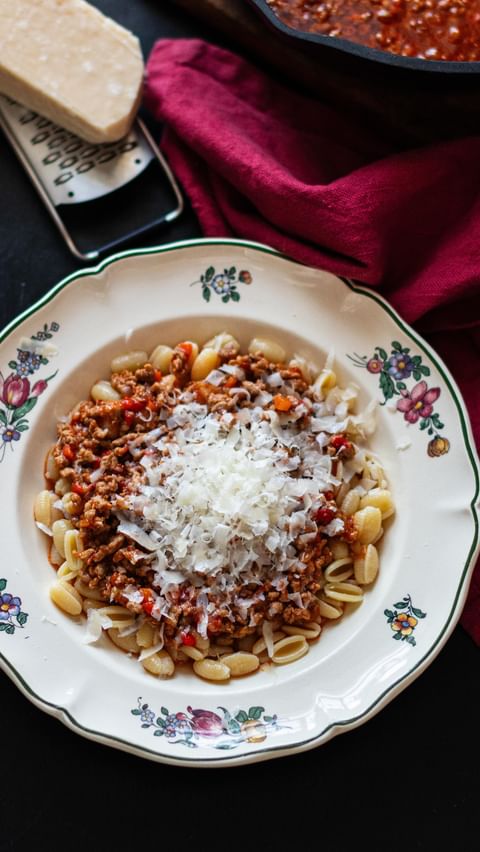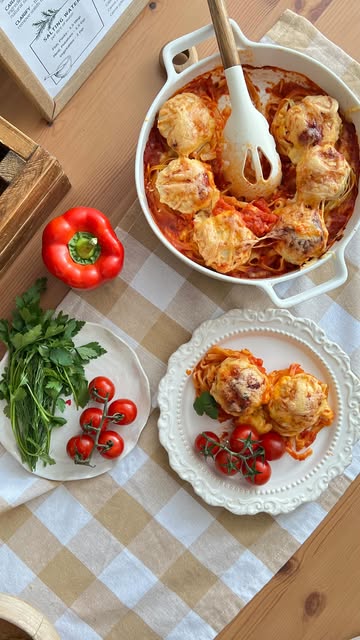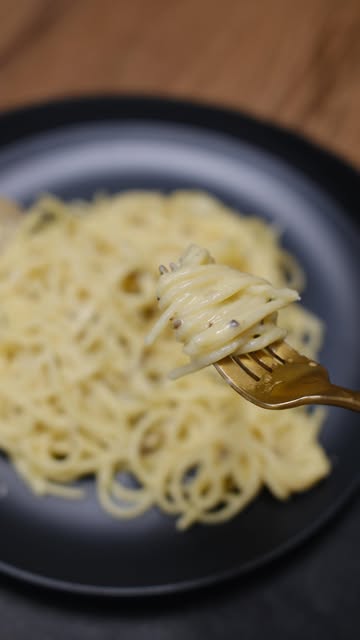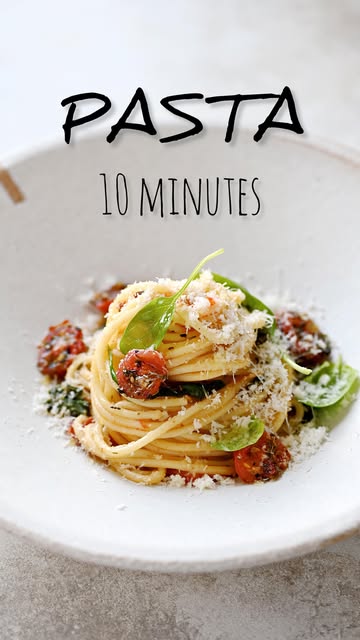Ingredients
Pasta Dough
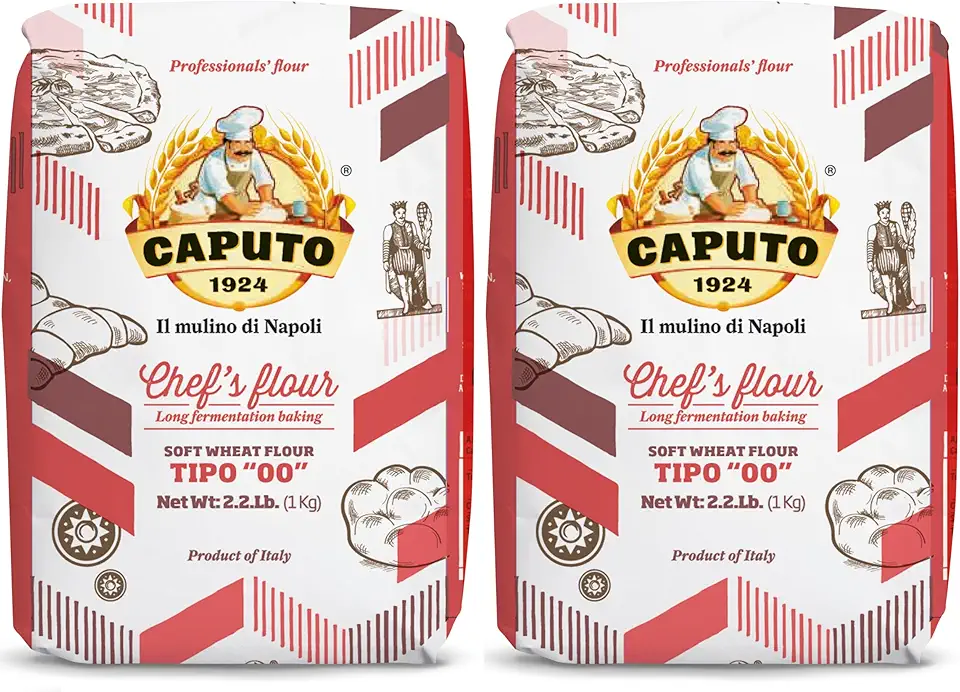 Antimo Caputo Chefs Flour - Italian Double Zero 00 - Soft Wheat for Pizza Dough, Bread, & Pasta, 2.2 Lb (Pack of 2)
$16.99
View details
Prime
Antimo Caputo Chefs Flour - Italian Double Zero 00 - Soft Wheat for Pizza Dough, Bread, & Pasta, 2.2 Lb (Pack of 2)
$16.99
View details
Prime
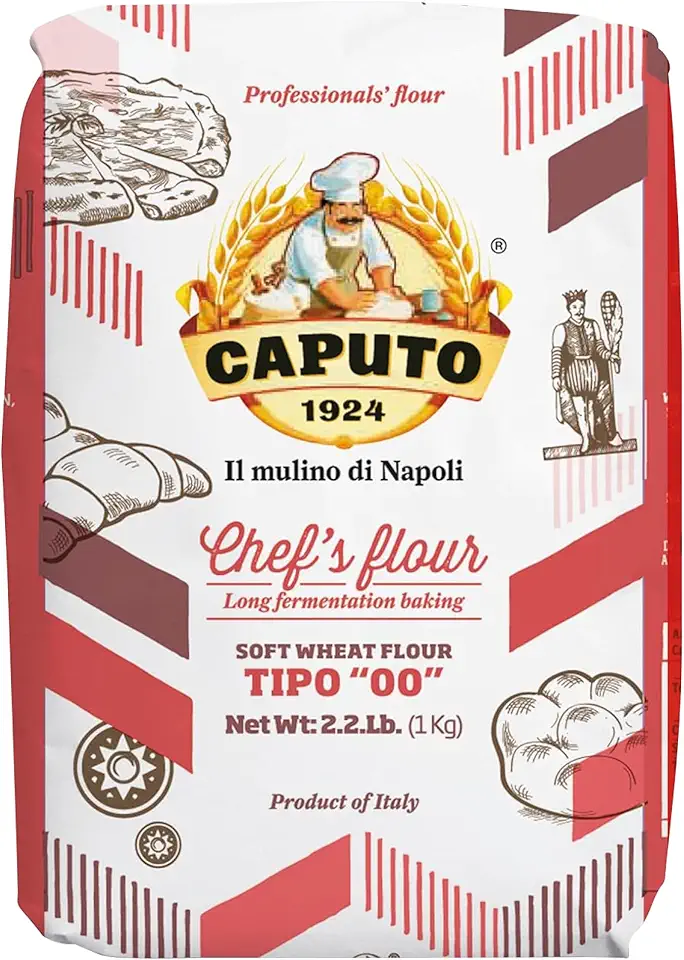 Antimo Caputo Chefs Flour, Italian Double Zero 00, Soft Wheat for Pizza Dough, Bread, & Pasta, 2.2 Pound (Pack of 10)
$45.03
View details
Prime
Antimo Caputo Chefs Flour, Italian Double Zero 00, Soft Wheat for Pizza Dough, Bread, & Pasta, 2.2 Pound (Pack of 10)
$45.03
View details
Prime
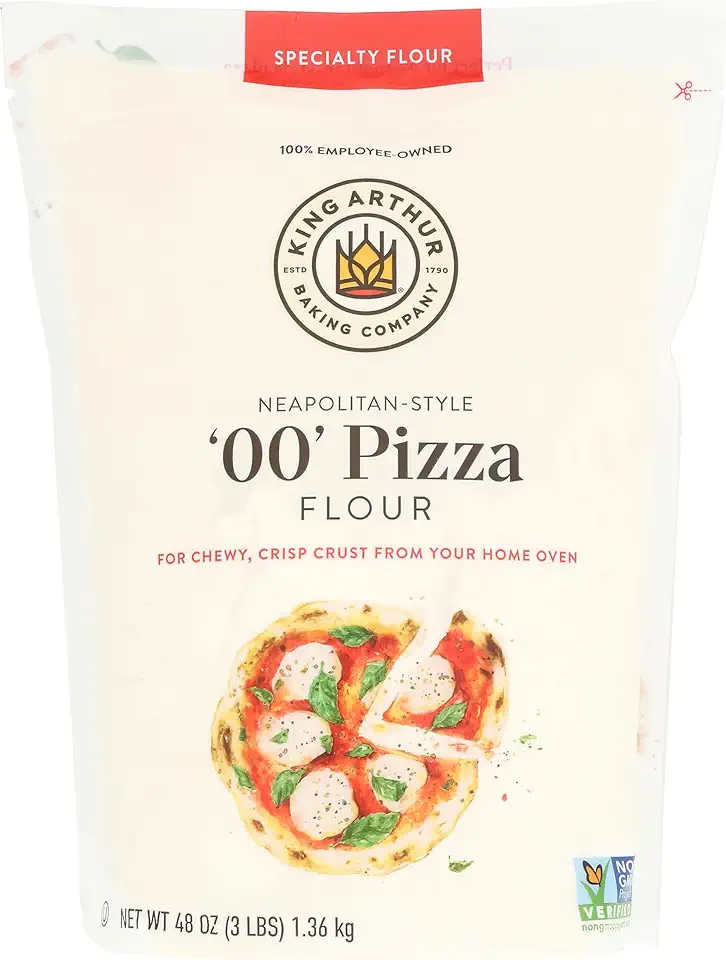 King Arthur 00 Pizza Flour: Premium Non-GMO American Wheat for Perfect Neapolitan-Style Crust - Finely Milled for Authentic Italian Pizza at Home - Ideal for Crispy, Chewy Pizzas (3 lbs)
$7.49
View details
King Arthur 00 Pizza Flour: Premium Non-GMO American Wheat for Perfect Neapolitan-Style Crust - Finely Milled for Authentic Italian Pizza at Home - Ideal for Crispy, Chewy Pizzas (3 lbs)
$7.49
View details
Instructions
Step 1
Combine all the ingredients in a bowl until they are well mixed and form a cohesive dough. It's essential to ensure all the flour is combined for a smooth texture.
Wrap the dough in a plastic bag or food wrap to keep it moist. Let it rest for *30 minutes*, allowing the gluten to relax, which makes it easier to roll out later.
Step 2
Once the dough has rested, roll it out to your desired thickness. If using a pasta machine, aim for *level 6*. This ensures a uniform thickness for even cooking.
Feed the dough through a cutting attachment to make your desired pasta shape, or use a sharp knife to cut the dough into strips of the desired width. *Uniformity in size* is key for even cooking.
Step 3
Bring a pot of salted water to a boil. It should be salty like the sea to season the pasta well.
Cook the pasta for approximately *2.5 minutes*. Fresh pasta cooks much quicker than dried, so keep an eye on it to avoid overcooking.
Drain and serve with your favorite sauce immediately for the best taste and texture.
Servings
Equipment
Ideal for rolling out your dough evenly, saving you time and effort. If you're serious about homemade pasta, investing in a pasta machine can transform your kitchen experience.
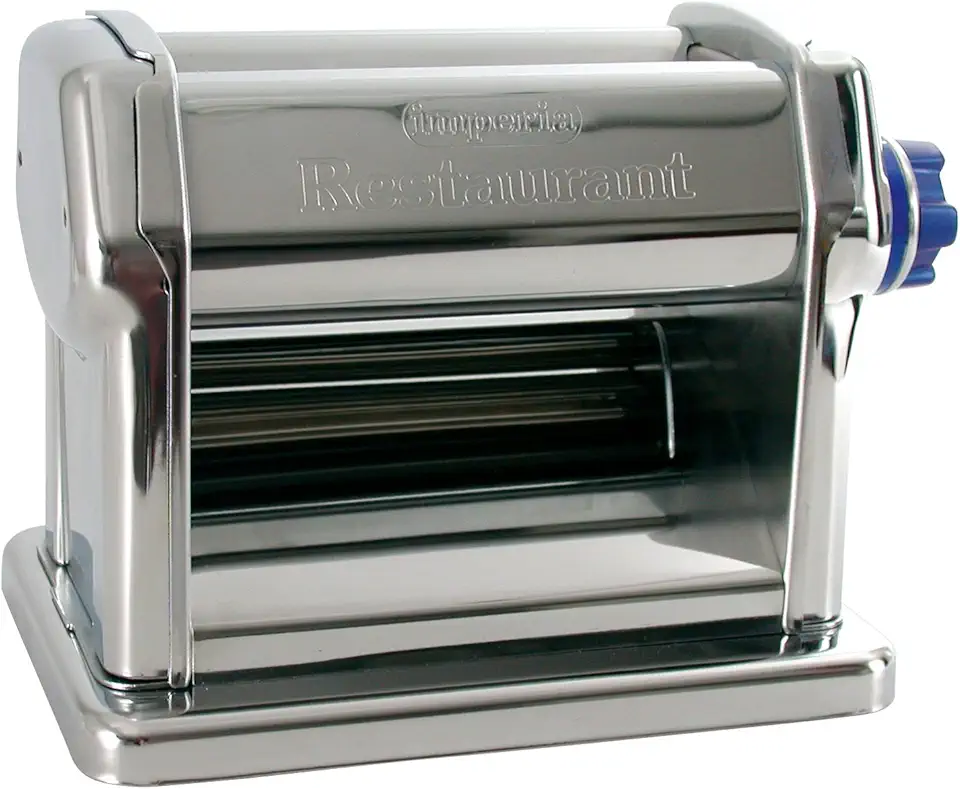 Pasta Maker Machine by Imperia - Professional Grade Restaurant Manual Pasta Roller w Handle, Clamp and Tray Attachment, Made in Italy, Durable Construction, Make Homemade Italian Noodles, Cooking Gift
$579.99
View details
Prime
Pasta Maker Machine by Imperia - Professional Grade Restaurant Manual Pasta Roller w Handle, Clamp and Tray Attachment, Made in Italy, Durable Construction, Make Homemade Italian Noodles, Cooking Gift
$579.99
View details
Prime
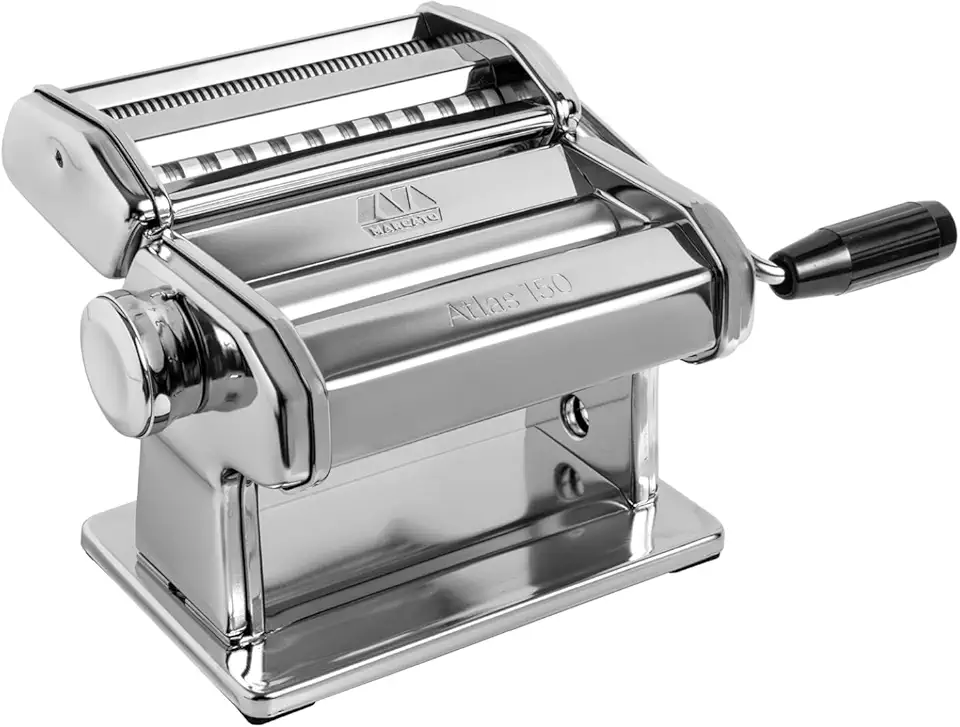 MARCATO Made in Italy Atlas 150 Classic Manual Pasta Maker Machine, Chrome Steel. Makes Lasagna, Fettuccine & Tagliolini .
$91.88
View details
Prime
best seller
MARCATO Made in Italy Atlas 150 Classic Manual Pasta Maker Machine, Chrome Steel. Makes Lasagna, Fettuccine & Tagliolini .
$91.88
View details
Prime
best seller
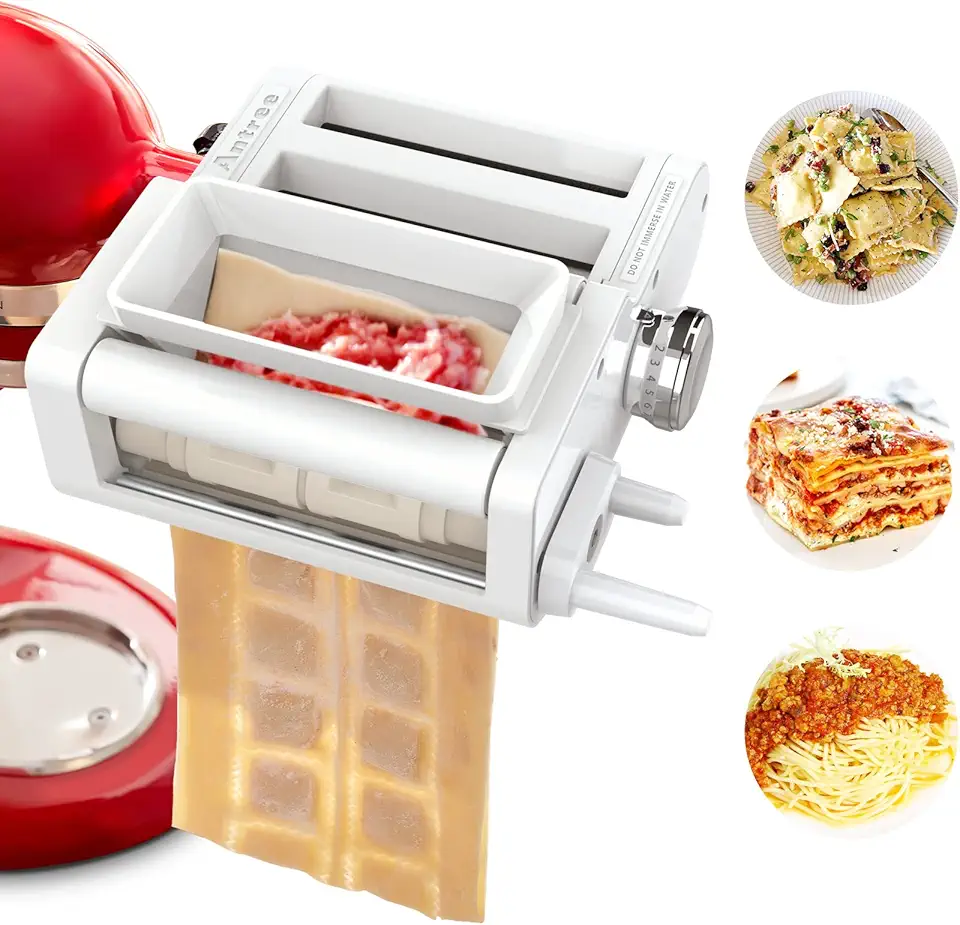 ANTREE 3-IN-1 Pasta Attachment & Ravioli Attachment for KitchenAid Stand Mixers, Pasta Maker Assecories included Pasta Sheet Roller, Spaghetti Cutter and Ravioli Maker Attachment
$89.99
$99.99
View details
ANTREE 3-IN-1 Pasta Attachment & Ravioli Attachment for KitchenAid Stand Mixers, Pasta Maker Assecories included Pasta Sheet Roller, Spaghetti Cutter and Ravioli Maker Attachment
$89.99
$99.99
View details
If you prefer doing things the traditional way, a rolling pin will work just fine for manually flattening the dough to your desired thickness.
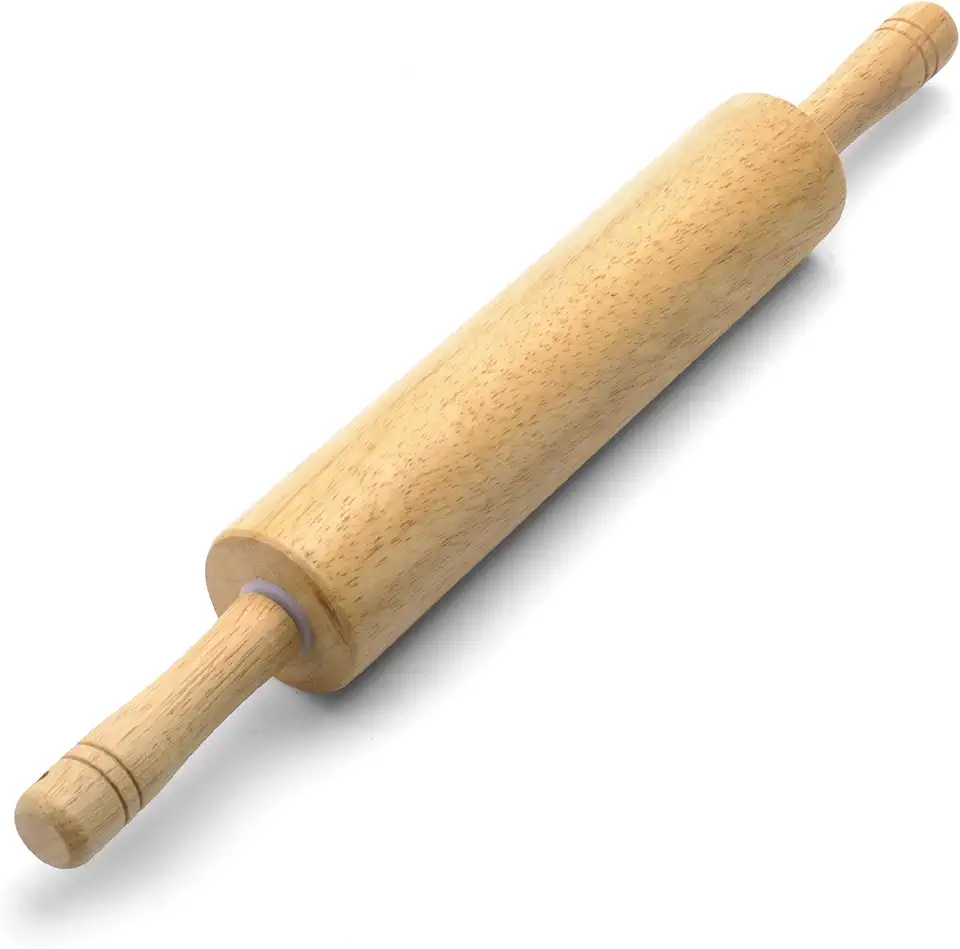 Farberware Classic Wood Rolling Pin, 17.75-Inch, Natural
$12.99
$13.99
View details
Prime
Farberware Classic Wood Rolling Pin, 17.75-Inch, Natural
$12.99
$13.99
View details
Prime
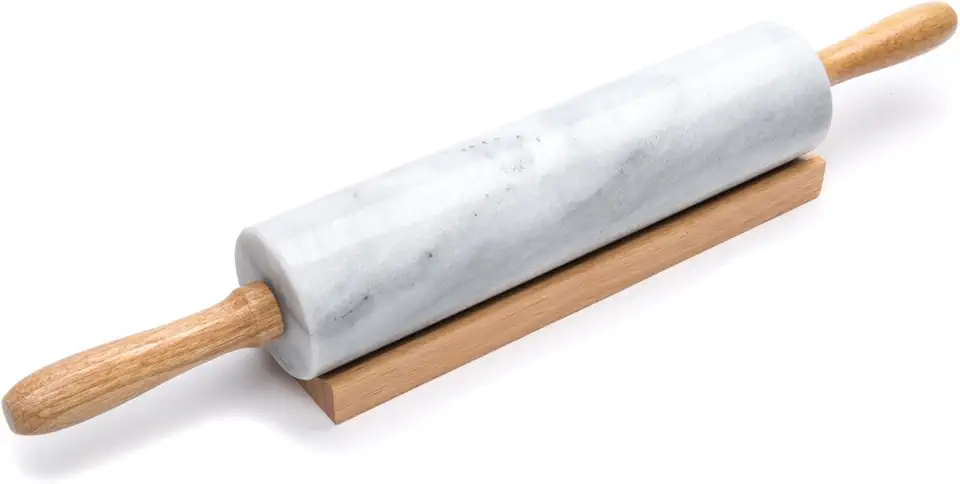 Fox Run Polished Marble Rolling Pin with Wooden Cradle, 10-Inch Barrel, White
$20.88
View details
Prime
Fox Run Polished Marble Rolling Pin with Wooden Cradle, 10-Inch Barrel, White
$20.88
View details
Prime
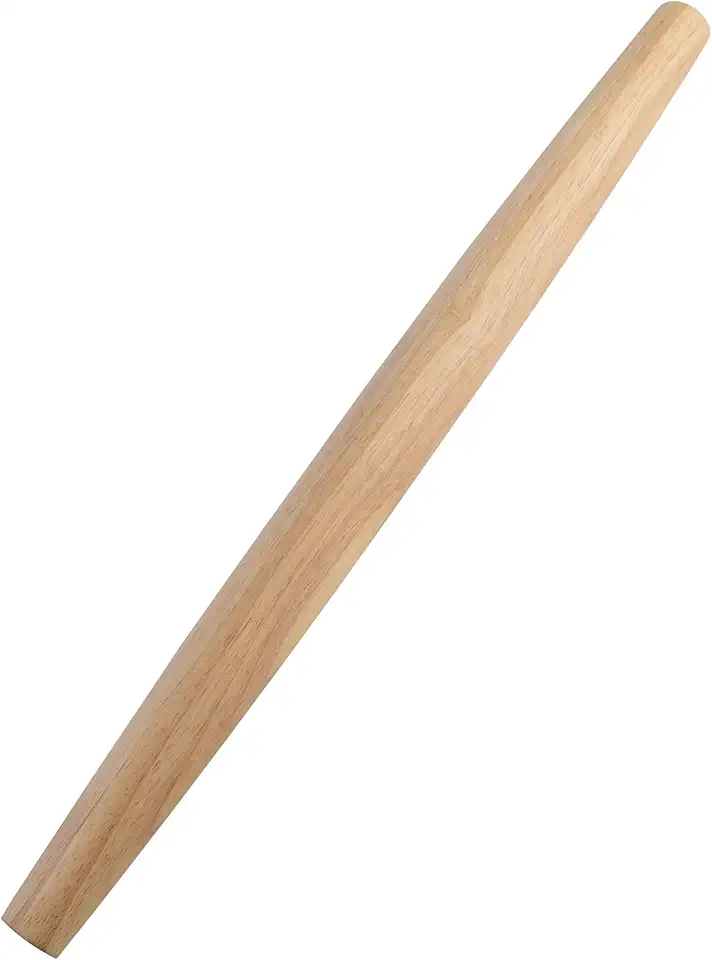 French Rolling Pin (17 Inches) –WoodenRoll Pin for Fondant, Pie Crust, Cookie, Pastry, Dough –Tapered Design & Smooth Construction - Essential Kitchen Utensil
$9.99
View details
French Rolling Pin (17 Inches) –WoodenRoll Pin for Fondant, Pie Crust, Cookie, Pastry, Dough –Tapered Design & Smooth Construction - Essential Kitchen Utensil
$9.99
View details
Use a sharp knife to cut your pasta into strips or any shape your heart desires. A good blade ensures precise cuts for the perfect pasta.
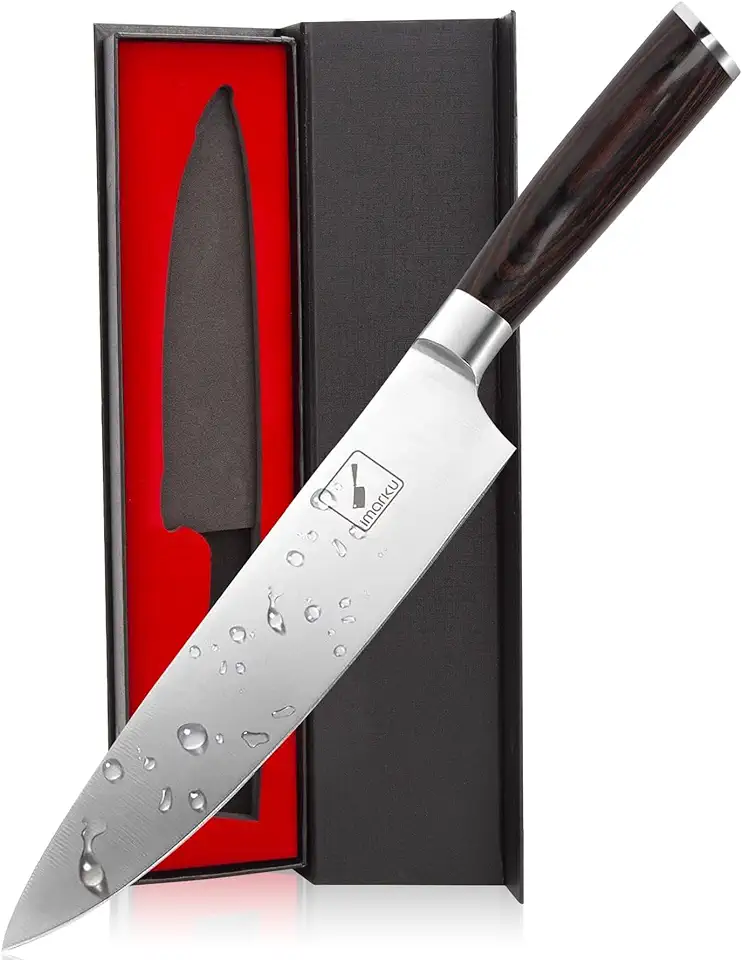 imarku Japanese Chef Knife - Sharp Kitchen Knife 8 Inch Chef's Knives HC Steel Paring Knife, Unique Gifts for Men and Women, Gifts for Mom or Dad, Kitchen Gadgets with Premium Gift Box
$39.99
View details
Prime
imarku Japanese Chef Knife - Sharp Kitchen Knife 8 Inch Chef's Knives HC Steel Paring Knife, Unique Gifts for Men and Women, Gifts for Mom or Dad, Kitchen Gadgets with Premium Gift Box
$39.99
View details
Prime
 MOSFiATA 8" Super Sharp Professional Chef's Knife with Finger Guard and Knife Sharpener, German High Carbon Stainless Steel EN1.4116 with Micarta Handle and Gift Box
$39.99
$47.99
View details
MOSFiATA 8" Super Sharp Professional Chef's Knife with Finger Guard and Knife Sharpener, German High Carbon Stainless Steel EN1.4116 with Micarta Handle and Gift Box
$39.99
$47.99
View details
A sturdy mixing bowl is essential for combining your flour and eggs into a smooth dough.
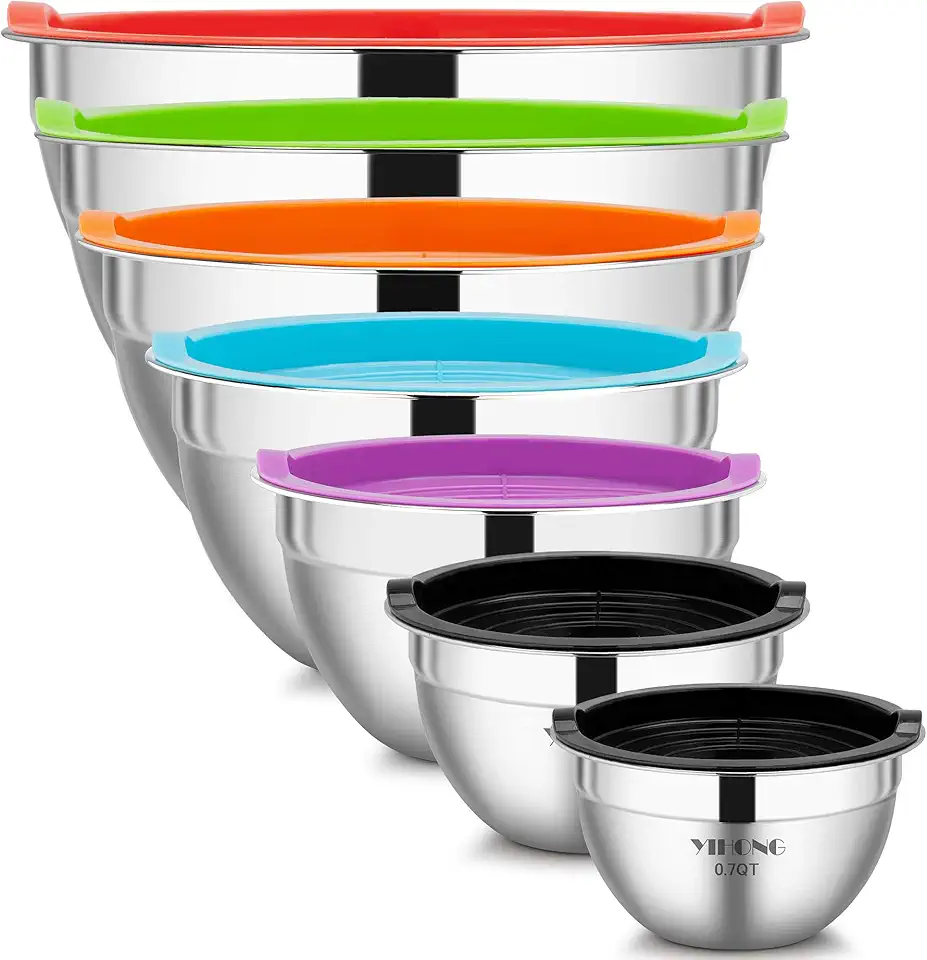 YIHONG 7 Piece Mixing Bowls with Lids for Kitchen, Stainless Steel Mixing Bowls Set Ideal for Baking, Prepping, Cooking and Serving Food, Nesting Metal Mixing Bowls for Space Saving Storage
$27.99
$35.99
View details
Prime
best seller
YIHONG 7 Piece Mixing Bowls with Lids for Kitchen, Stainless Steel Mixing Bowls Set Ideal for Baking, Prepping, Cooking and Serving Food, Nesting Metal Mixing Bowls for Space Saving Storage
$27.99
$35.99
View details
Prime
best seller
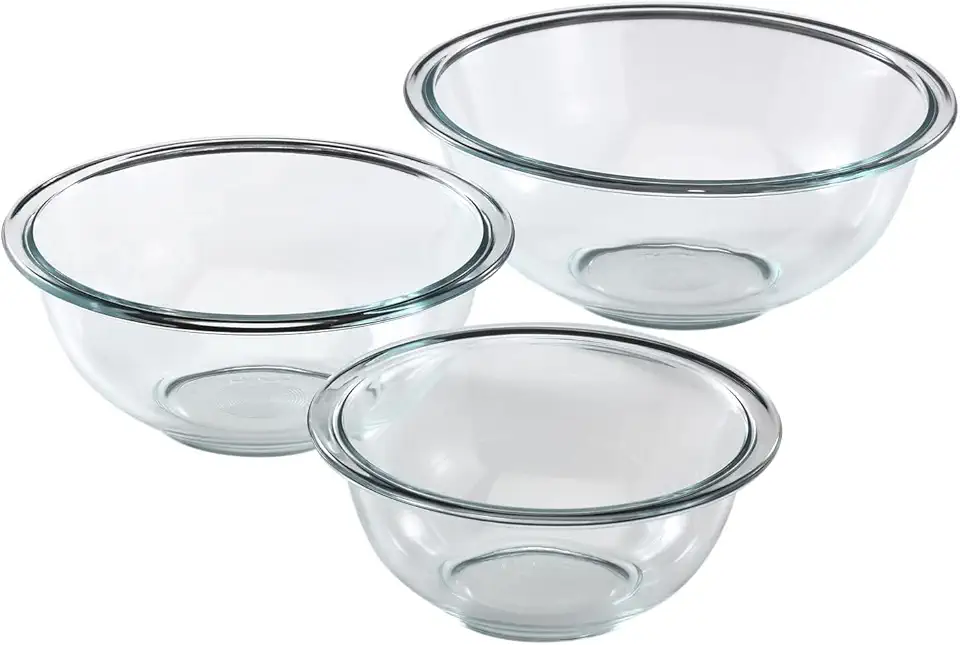 Pyrex Glass, 3-Piece, 3 PC Mixing Bowl Set
$17.53
View details
Prime
Pyrex Glass, 3-Piece, 3 PC Mixing Bowl Set
$17.53
View details
Prime
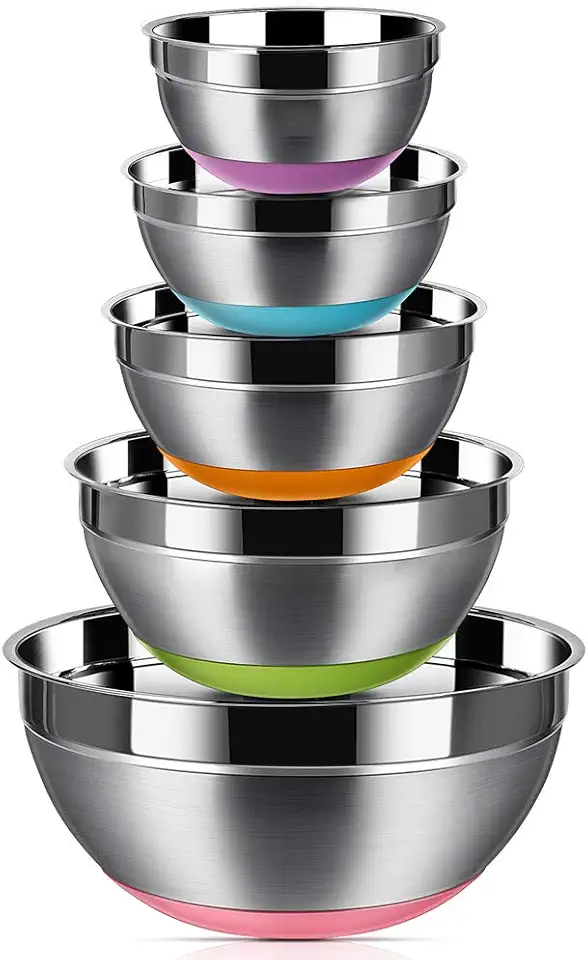 REGILLER Stainless Steel Mixing Bowls (Set of 5), Non Slip Colorful Silicone Bottom Nesting Storage Bowls, Polished Mirror Finish For Healthy Meal Mixing and Prepping 1.5-2 - 2.5-3.5 - 7QT (Colorful)
$26.99
View details
REGILLER Stainless Steel Mixing Bowls (Set of 5), Non Slip Colorful Silicone Bottom Nesting Storage Bowls, Polished Mirror Finish For Healthy Meal Mixing and Prepping 1.5-2 - 2.5-3.5 - 7QT (Colorful)
$26.99
View details
Wrap your dough and let it rest, allowing the gluten to relax and make it easier to roll out later.
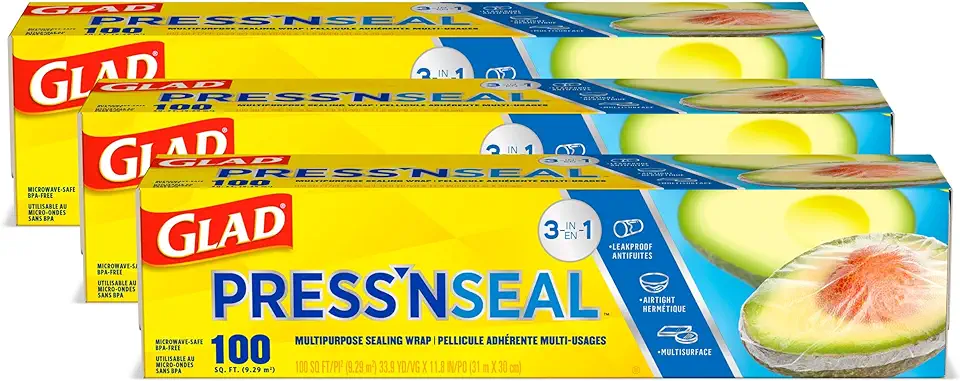 Glad® Press'n Seal® Plastic Food Wrap - 100 Square Foot Roll - 3 Pack (Package May Vary)
$12.72
$14.97
View details
Prime
best seller
Glad® Press'n Seal® Plastic Food Wrap - 100 Square Foot Roll - 3 Pack (Package May Vary)
$12.72
$14.97
View details
Prime
best seller
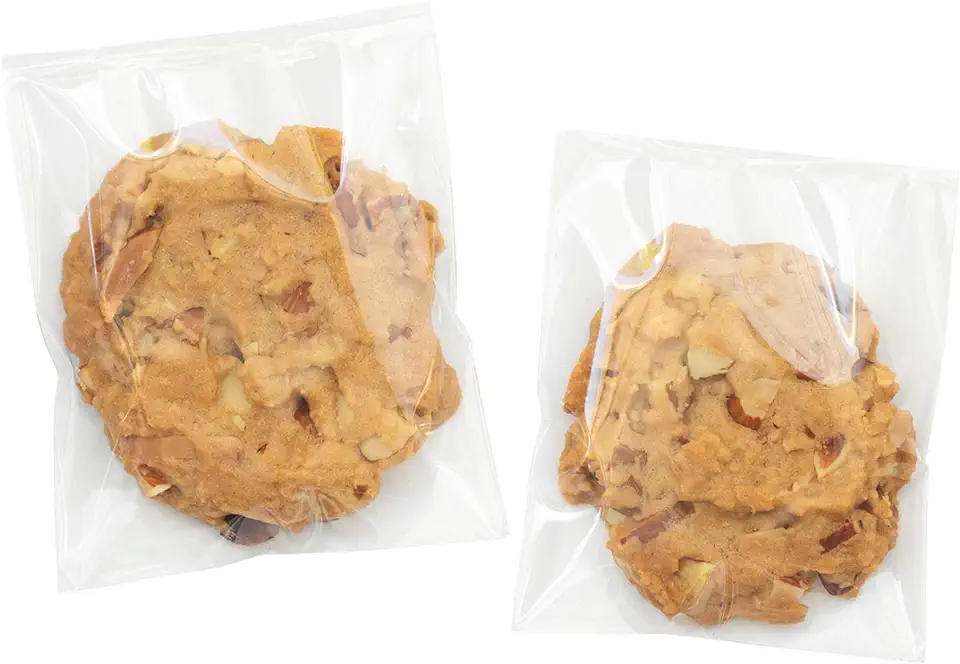 Morepack Clear Self Sealing Cellophane Bags,4x6 Inches 200 Pcs Cookie Bags Resealable Cellophane Bag for Packaging Cookies, Candy and Products
$7.21
$8.49
View details
Prime
Morepack Clear Self Sealing Cellophane Bags,4x6 Inches 200 Pcs Cookie Bags Resealable Cellophane Bag for Packaging Cookies, Candy and Products
$7.21
$8.49
View details
Prime
 Glad Press'n Seal Plastic Food Wrap - 70 Square Foot Roll
$4.49
$7.84
View details
Glad Press'n Seal Plastic Food Wrap - 70 Square Foot Roll
$4.49
$7.84
View details
Variations
For those on a **gluten-free journey**, swap traditional wheat flour for **gluten-free flour** and follow the same steps for equally delicious results. 🌟
If you're on a **vegan path**, replace eggs with a mix of **water and olive oil** or try incorporating **aquafaba**—the liquid from a can of chickpeas—as a binding agent. 🌱 You'll be amazed at how these substitutes work to create a flavorful pasta that aligns with your vegan lifestyle.
Faq
- How long does homemade pasta need to rest?
Allow your pasta dough to rest for at least 30 minutes. This relaxes the gluten, making rolling easier.
- Can I freeze the pasta dough if I don't use it all?
Yes, you can freeze unused pasta dough. Just wrap it well and store it in the freezer for up to a month.
- What's the secret to keeping pasta from sticking?
Ensure there's enough water in your pot, and give the pasta a gentle stir immediately after adding it. You can also add a splash of olive oil to help.
- Does the type of flour affect the pasta texture?
Yes, using "00" flour is recommended for a smoother texture, but all-purpose flour can work if that's on hand.
- Can I use whole eggs instead of extra yolks?
Yes, but using extra yolks adds richness and gives a more tender pasta.
- How do I achieve the perfect pasta thickness?
Experiment with your pasta machine settings. For most dishes, a level 6 (moderate thickness) works well, providing the right balance of tenderness and bite.

